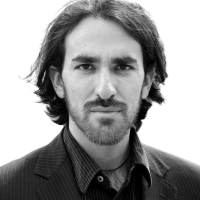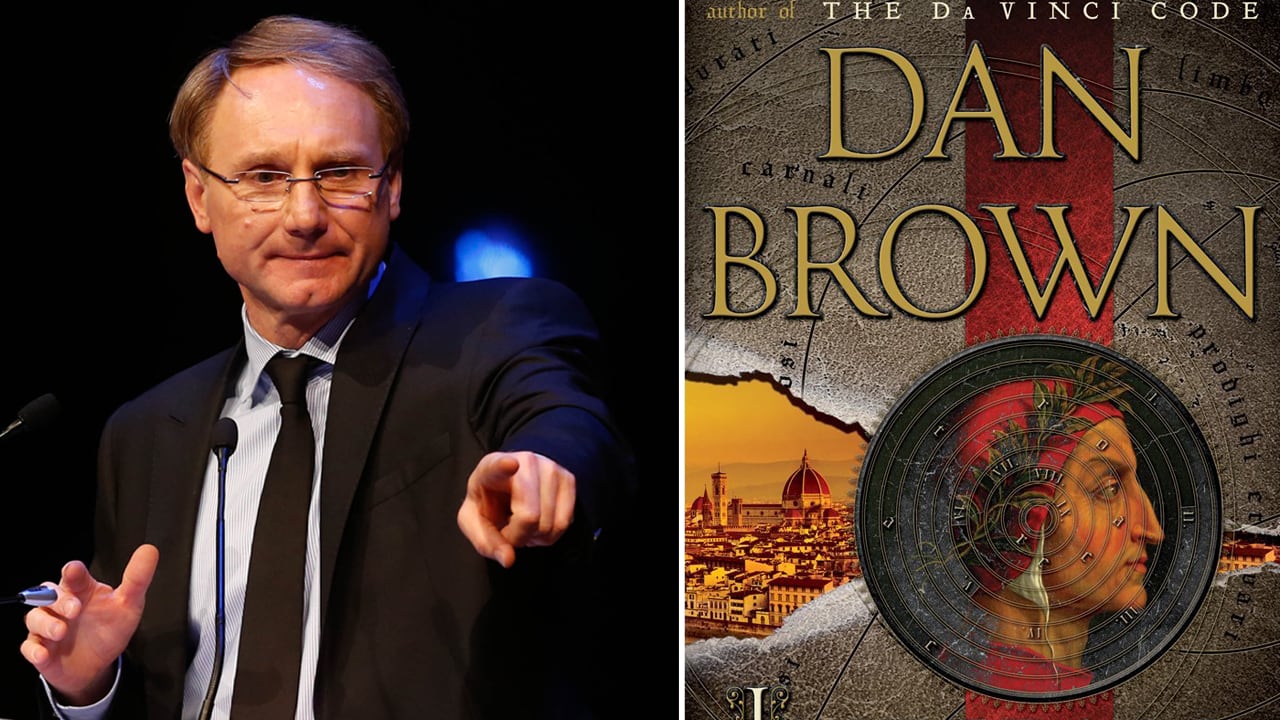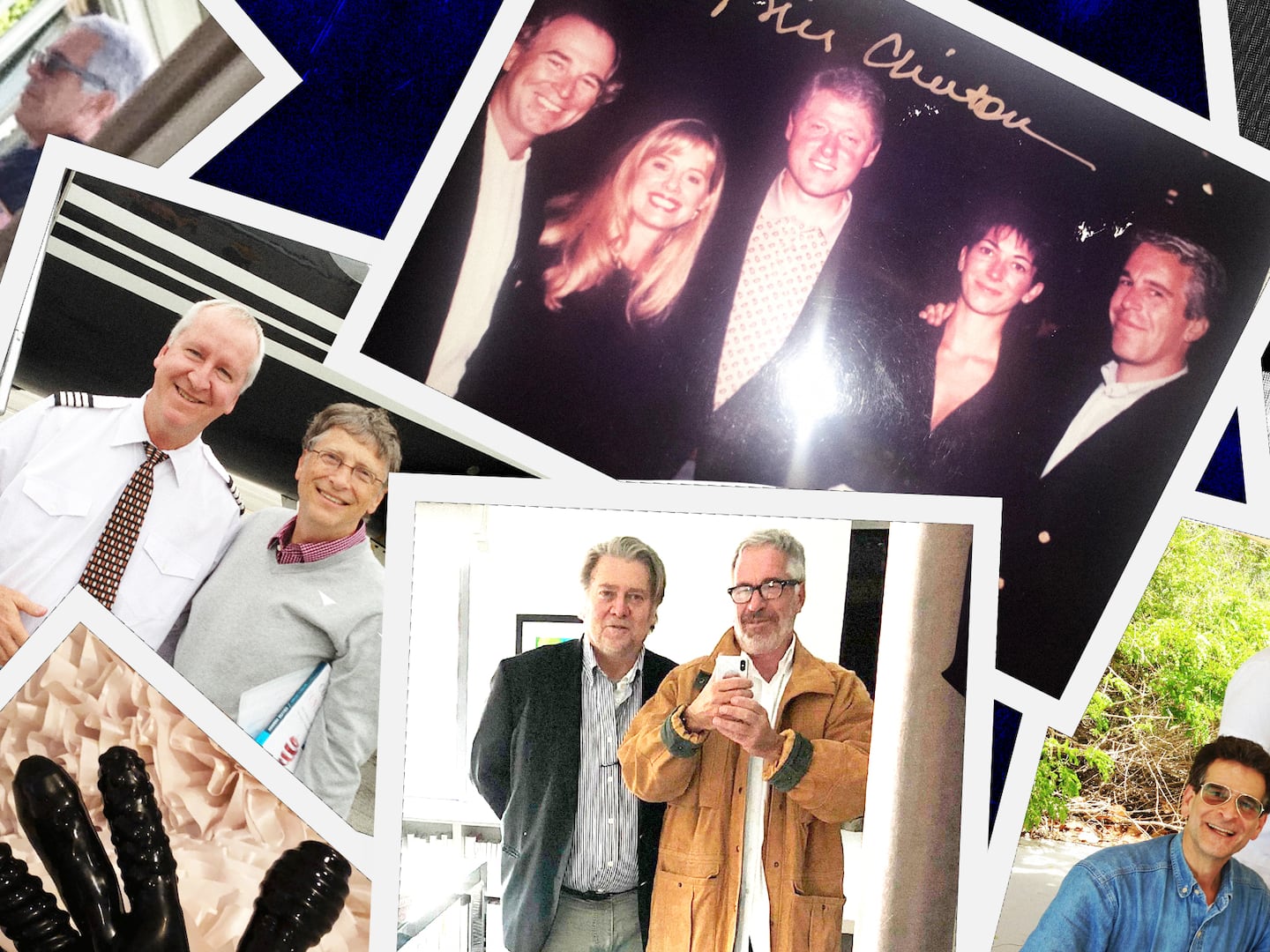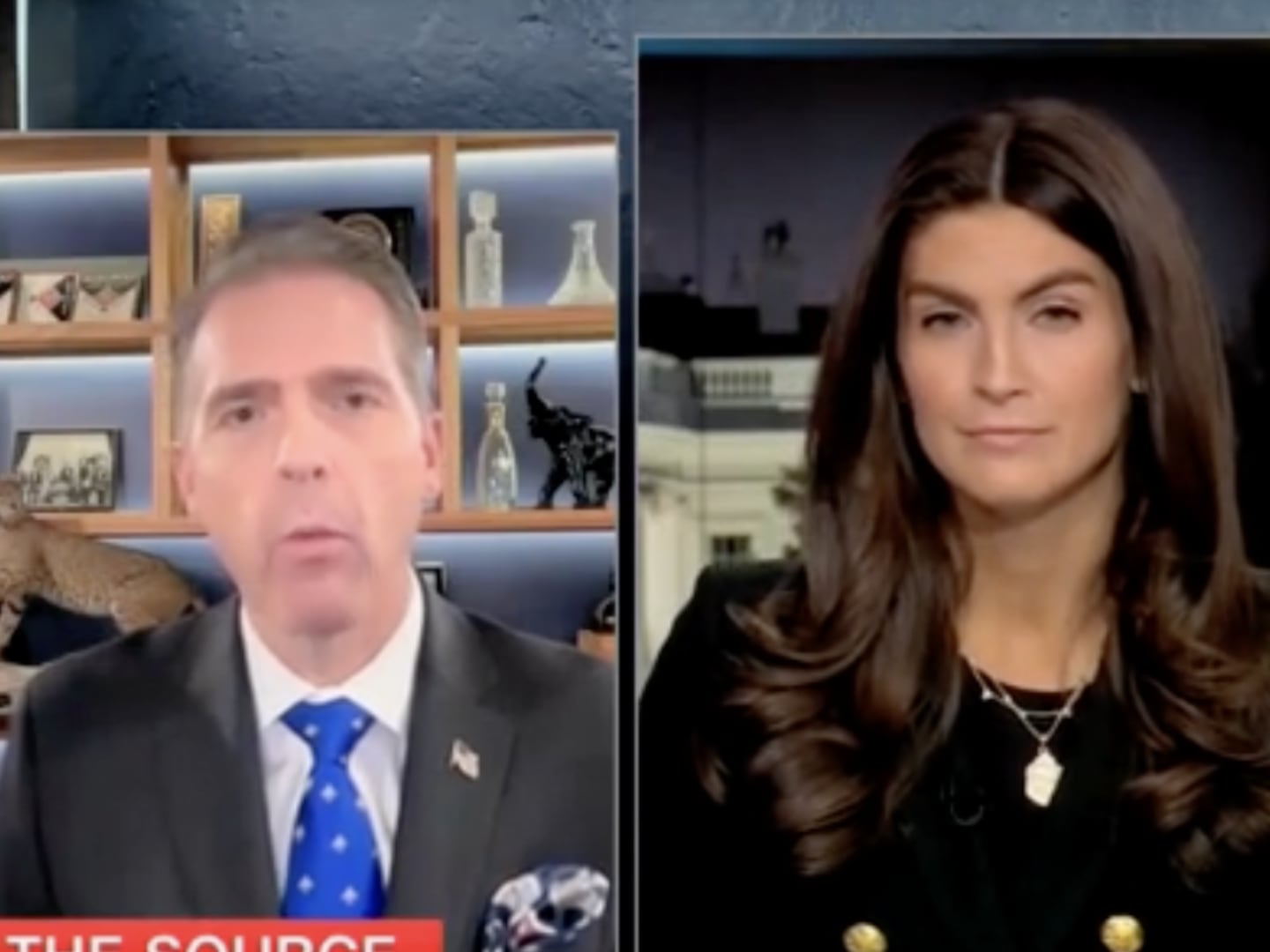
Many books have been published on the numerous mistakes in Dan Brown’s past books, especially The Da Vinci Code. The novel begins with a statement: “FACT, the Priory of Sion—a European secret society founded in 1099—is a real organization.” But there is little in The Da Vinci Code that is correct and well researched. For instance, the Priory of Sion is not a real organization, but the product of an infamous forgery by a Frenchman named Pierre Plantard, who planted fake medieval documents in order to convince people that he should be made king of France.
Like The Da Vinci Code, Brown’s new book Inferno begins with a page labeled “FACT” and goes on to tell a tale riddled with oversimplifications. There are fewer historical errors, à la The Da Vinci Code. Still, here are 10 of the most wincing howlers.
1. The David
Brown refers to Michelangelo’s David as “the David.” This is not a mistake an art historian like the protagonist Robert Langdon would make. Michelangelo’s David is not the only sculpture of David that is important, and not even the only one in Florence. To call Michelangelo’s sculpture The David is a shorthand that indicates a lack of serious knowledge on the part of the author.
2. Carnival Masks
After hyping up the brains of heroine Dr. Sienna Brooks, with her enormous IQ of 208 (Stephen Hawking only scored 200) and her various degrees, Brown then presents her as unfamiliar with Venetian Carnival plague-doctor masks. Anyone who has been to Venice, or even watched a Travel Channel documentary about Venice, will know of them.
3. Biohazard
Langdon’s “body tensed” when he saw a tube marked with a biohazard symbol, as if it might suddenly explode. Dr. Sienna helpfully tells him “We see these occasionally in the medical field.” Occasionally? The biohazard symbol is in every doctor’s office and hospital room, on the garbage bins for biological material and the boxes for the disposal of used needles.
4. The Black Death
The evil character Shade, in a moment of wanton exposition, informs us, “Culling is God’s Natural Order. Ask yourself, What followed the Black Death? We all know the answer. The Renaissance … Death is followed by birth.” This statement implies that there was only one bout of Black Death (bubonic plague), that it ended abruptly, and that its end sparked the Renaissance. The Black Death was sadly a recurring event, with at least three major outbreaks starting in the 6th and 7th centuries. Bouts of plague ravaged Europe for centuries.
5. The Renaissance
The statement also implies that the Black Death ended before the Renaissance. By the time the most famous epidemic of the Black Death struck—called The Great Pestilence—from 1348 to1350, the Renaissance had already begun. Most art history books cite Giotto as the first great painter of the Renaissance. He lived from 1267 to 1337, and didn’t even see the Great Pestilence’s arrival. To say that the Black Death ended and the Renaissance began is not only a simplification, but incorrect.
6. The Seven Sins
Langdon suggests that the collective sins of mankind, as enumerated in the Seven Sins, were “according to medieval religious indoctrination … the reason God punished the world with the Black Death.” Unfortunately, the main medieval scapegoat for the Black Death was not the Seven Sins, but the Jews. And what Brown means to write is “according to medieval religious doctrine,” not “indoctrination.”
7. Botticelli
Botticelli’s unusual painting Chart of Hell makes an appearance, but is described as if Brown has not actually seen it. “Dark, grim, and terrifying … Botticelli had crafted his Map of Hell with a depressing palate of reds, sepias, and browns.” One would hardly know the painting based on this description. The painting is mostly a bone-colored affair, as the background overwhelms the inverted spiral of the levels of Hell. The actual figures in the painting are tiny and difficult to see—you’d need a magnifying glass to find them “grim and terrifying.” There is almost no red in the painting.
8. Painting in the Renaissance
Langdon reasons that the concept for Hell, as depicted by Botticelli, had “originated not in the mind of Botticelli himself … but rather in the mind of someone who had lived two hundred years before him”—Dante. As a professor of art history, Langdon would surely know that very few Renaissance painters came up with the themes of their paintings themselves. Renaissance paintings were almost exclusively commissioned, and what appeared in them was often prescribed in the contract. Elaborate iconographic schemes were usually designed by scholars or were illustrations of scenes from literature: the Bible, The Golden Legend, Ovid, or Dante. Yet Langdon seems surprised that a painting should not have “originated … in the mind of Botticelli himself.”
9. Googling Yourself
At one point Langdon Googles himself:
“If my students could see me now, he thought as he began the search. Langdon continually admonished his students for Googling themselves—a bizarre new pastime that reflected the obsession with personal celebrity that now seemed to possess American youth.”
The idea that Googling yourself is a “new pastime” makes one wonder where Langdon (or Brown) has been for the past two decades. By 2002, Googling was so commonplace that it was mentioned in an episode of Buffy the Vampire Slayer. Unless Inferno is a historical novel, set circa 2000, then Googling oneself cannot be considered as a “new pastime.”
10. Symbology
Finally, as is often noted, the occupation of Brown’s protagonist, Robert Langdon, is nonsensical. He is called a “Harvard professor of symbology.” Symbology is not a word. What Brown really means is iconography, the study of symbols.






